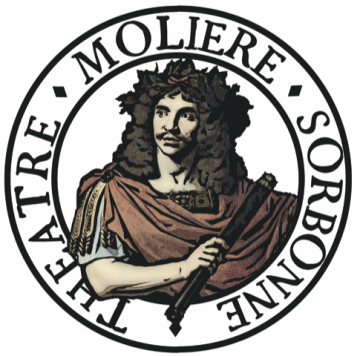Program committee
Renaud Bret-Vitoz (CELLF / Sorbonne Université)
Georges Forestier (CELLF / Sorbonne Université)
Rebecca Harris-Warrick (Cornell University)
Ulla Kallenbach (Bergen University)
Bénédicte Louvat (CELLF / Sorbonne Université)
Barbara Nestola (CESR-CMBV)
Martina Papiro (Schola Cantorum Basiliensis)
Françoise Rubellin (Université de Nantes)
Magnus Tessing Schneider (Göteborgs universitet)
Hanna Walsdorf (Universität Basel)
Jed Wentz (Leiden University)
In association with Sorbonne university, the CMBV is holding an international symposium focusing on the ‘dramaturgy of the visible’ from the 16th through to the 18th century. It will bring together researchers and performing artists with a view to pooling research, comparing practices and identifying points of convergence.
The term “visual dramaturgies” was coined by the scholar Knut Ove Arntzen as one of the concepts and methods of post-modern theatre. However, the visual aspect was already an integral part of theatrical narratives in the Early Modern era, from the emergence of new theatrical forms during the Renaissance to the disruptive reforms of the eighteenth century. Painted scenography put the audience in an atmosphere suitable to the plot and it changed accordingly, the candlelight could intensify the dramatic situation, and the costumes portrayed cleverly the protagonist’s nature. The movement and gestures played important dramatic roles, fashioning characters and weaving relations between them, enhancing their utterances, and setting the mood of a scene. Far from being reduced to ornament or simple entertainment, dance could be an essential part of the narrative, helping to build dramatic tension. Consequently, both playwright and librettist sometimes specified visual elements (sets, costumes or attitudes), chosen more for their dramatic potential than for their picturesque effect, proving that these elements were considered inseparable from the act of writing. This is what Pierre Frantz aptly calls the “dramaturgie du visible”. As these examples suggest, the visual effect in the theatre is always produced by subtle interplays of materials and bodies, therefore the study of their practical creation is crucial to our understanding of its history.
The interest of researchers in the visual – and material – aspects of Early modern theatre has increased in the last decade. In addition to the rather developed histories of scenography and dance, an increasing number of publications on the topic of costume, lighting and historical acting have appeared, including more technical studies interested in their production and re-production (see bibliography below).
The conference aims to support this trend from a transdisciplinary point of view and to reunite researchers and practitioners interested in Western performing arts (music theatre, dance, drama) of the period between the sixteenth and the eighteenth century in order to share the latest research, compare practices in various periods, countries and theatrical forms, search for convergences and perhaps even debunk some misconceptions about these aspects of theatre.























